Acupressure is a natural and effective way to relieve various health problems by applying pressure to specific points on the body. It is based on the ancient Chinese medicine theory that energy, or qi, flows through invisible channels called meridians in the body. When this energy is blocked or imbalanced, it can cause pain, illness or discomfort. By stimulating the acupressure points, which are special spots with high electrical conductivity on the skin, acupressure aims to restore the healthy flow of qi and promote healing.
Acupressure can help with many common conditions, such as headaches, nausea, stress, insomnia and more. You can use your fingers, thumbs, palms or special tools to apply gentle but firm pressure to the acupressure points. You can also massage or tap the points with your fingertips. The pressure should be comfortable and not cause pain or bruising. You can hold the pressure for a few seconds to a few minutes, depending on your preference and the condition you are treating.
There are hundreds of acupressure points on the body, each with a specific name and number according to Chinese medicine. Here are 10 of the most commonly used acupressure points that can help you with various health issues:
LI-4 (Hegu):
This point is located on the back of the hand, between the thumb and index finger. It is one of the most popular acupressure points for headaches, especially tension headaches and migraines. It can also help with toothaches, facial pain, stress, colds and more12.
PC-6 (Neiguan):
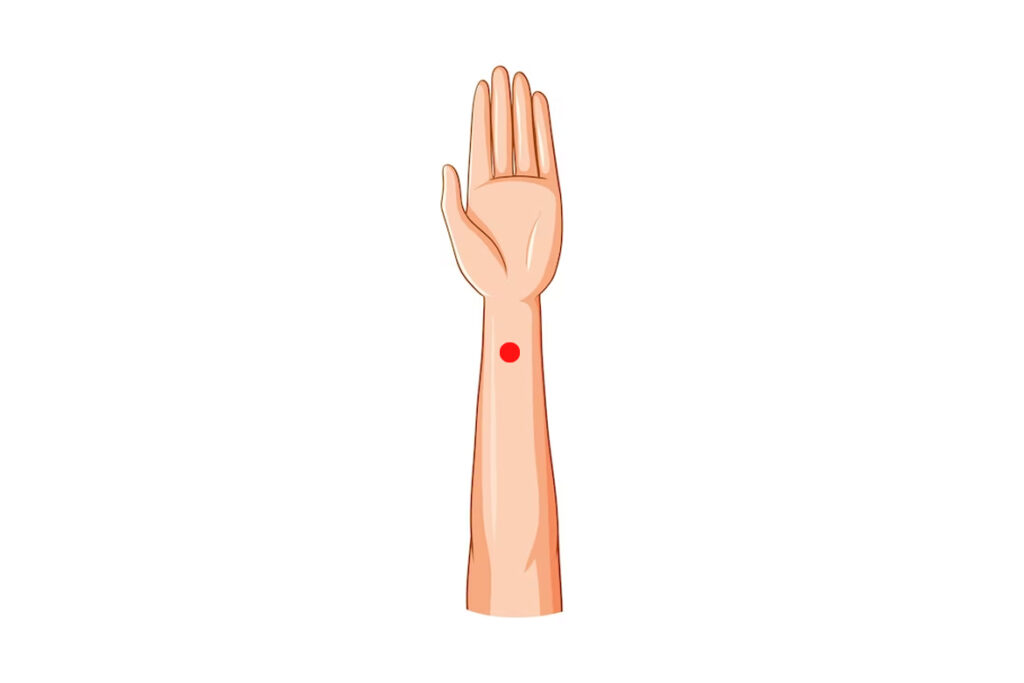
This point is located on the inner wrist, about two finger-widths below the palm. It is one of the best acupressure points for nausea, vomiting, motion sickness, anxiety, insomnia and more1. It can also help with chest pain, palpitations and asthma.
SP-6 (Sanyinjiao):
This point is located on the inner leg, about four finger-widths above the ankle bone. It is one of the most important acupressure points for women’s health, as it can help with menstrual cramps, irregular periods, infertility and more1. It can also help with urinary problems, digestive issues, insomnia and more.
ST-36 (Zusanli):
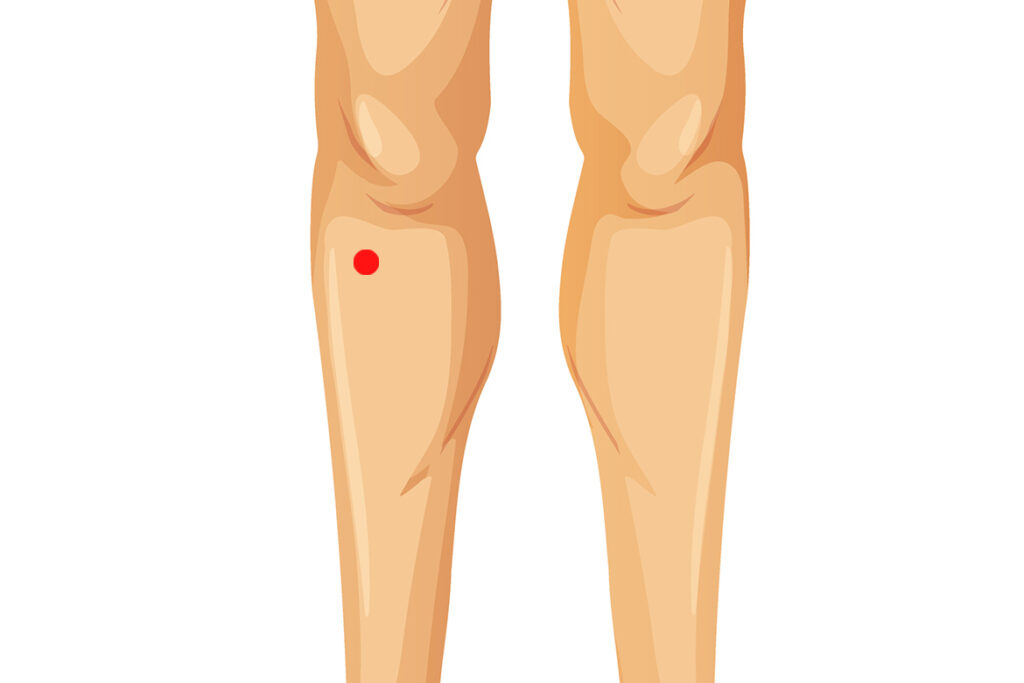
This point is located on the outer leg, about four finger-widths below the kneecap. It is one of the most powerful acupressure points for general health and wellness, as it can boost your energy, immunity and digestion1. It can also help with fatigue, weakness, stomach pain, indigestion and more.
GV-20 (Baihui):
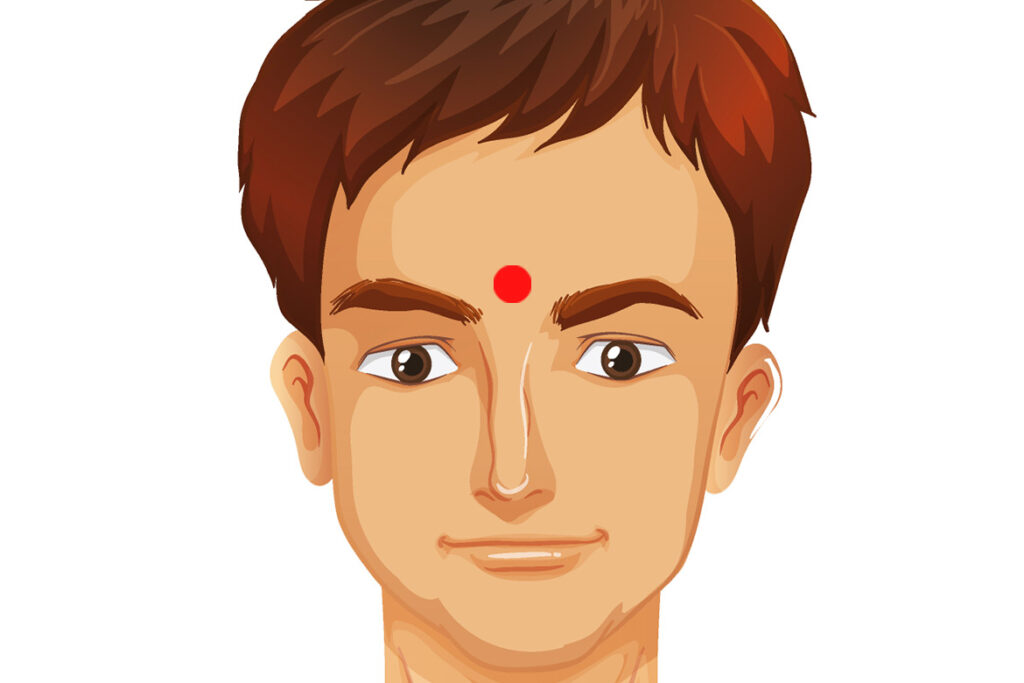
This point is located on the top of the head, at the midpoint of a line connecting the ears. It is one of the most effective acupressure points for mental clarity, memory, depression, headache and more13. It can also help with dizziness, vertigo and tinnitus.
GB-1 (Tong Zi Liao):
This point is located 0.5 cun away from the outer corner of the eye, in the depression of the temple. It is one of the best acupressure points for eye problems, such as eye strain, blurred vision, dry eyes and more1. It can also help with sinus congestion, facial paralysis and earache.
GB-7 (Qu Bin):
This point is located above the ear, at the crossing point of a horizontal line across the top of the ear and a vertical line across the back of the temple. It is one of the most useful acupressure points for ear problems, such as ear infection, tinnitus and hearing loss1. It can also help with headache, migraine and jaw pain.
TE-17 (Yi Feng):
This point is located in the depression 1 cun below the earlobe. It is one of the most effective acupressure points for neck pain, stiffness and tension1. It can also help with throat problems, such as sore throat, tonsillitis and laryngitis2.
LU-11 (Shao Shang):
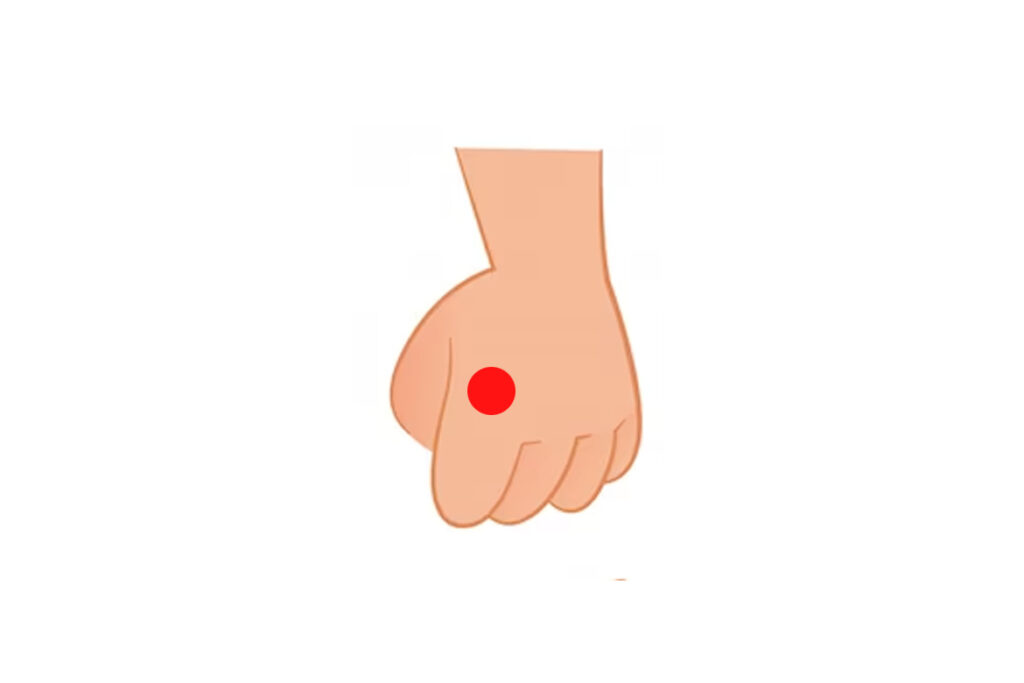
This point is located on the thumb, at the corner of the nail on the radial side. It is one of the most potent acupressure points for fever, sore throat, cough and nasal congestion13. It can also help with mental disorders, such as mania and epilepsy4.
LI-11 (Qu Chi):
This point is located on the elbow crease, at the outer end of the crease when the elbow is bent. It is one of the most important acupressure points for clearing heat and inflammation from the body1. It can help with sore throat, fever, skin problems, allergies, diarrhea and more4.
Summary–
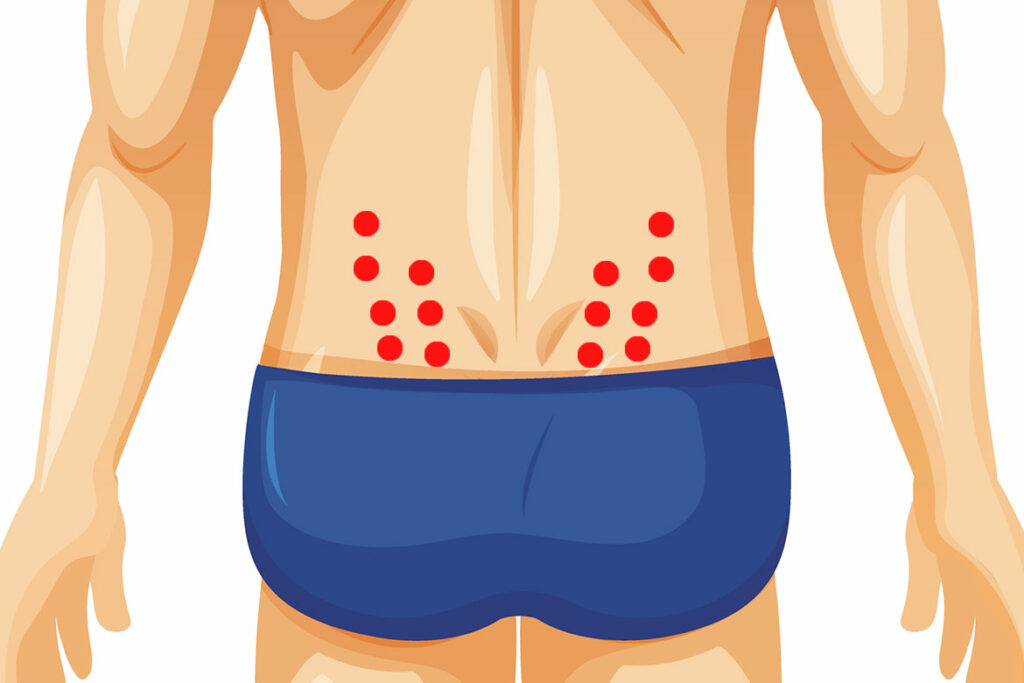
Read more: Singing bowl: 10 benefits and side-effects of singing bowl
These are just some examples of acupressure points that can help you with various health issues. You can find more information about acupressure points and their uses online or in books. You can also consult a qualified acupressure practitioner for guidance and treatment.
Acupressure is generally safe and has few side effects. However, it is not recommended for pregnant women, people with bleeding disorders or infections, people with pacemakers or other implants and people with serious medical conditions. You should also avoid applying pressure to open wounds, inflamed skin or areas with varicose veins.
Acupressure is a natural way to stimulate your body’s own healing power by applying pressure to specific points on the body. By learning how to use acupressure points effectively, you can improve your health and well-being in a simple and convenient way.
